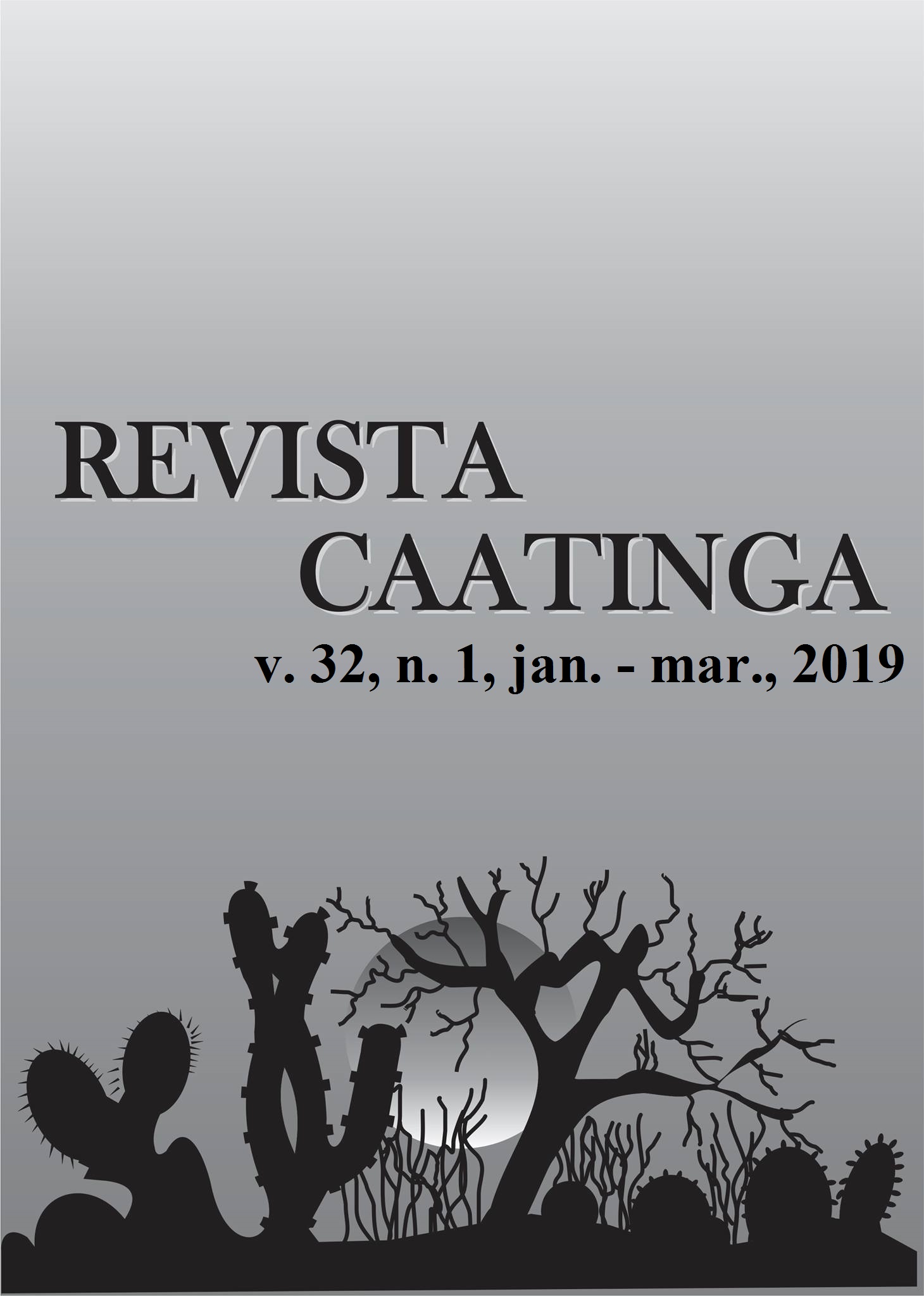MATÉRIA ORGÂNICA E FERTILIDADE DO SOLO EM DIFERENTES ESTÁDIOS SUCESSIONAIS DA FLORESTA ESTACIONAL SEMIDECIDUAL
DOI:
https://doi.org/10.1590/1983-21252019v32n118rcPalavras-chave:
Atributos edáficos. Fracionamento da matéria orgânica. Estoque de carbono. Sucessão florestal. Mata atlântica.Resumo
O acúmulo e as transformações da matéria orgânica do solo são fundamentais para a manutenção e melhoria dos atributos químicos, físicos e biológicos do solo, e, consequentemente, para o funcionamento das florestas tropicais. O objetivo deste estudo foi avaliar a influência de florestas secundárias com diferentes estádios sucessionais na matéria orgânica do solo, nos estoques de carbono e nitrogênio e na fertilidade do solo. Foram selecionadas três áreas de Floresta Estacional Semidecidual, com diferentes estádios sucessionais, sendo estas: floresta em estádio inicial – FEI, floresta em estádio médio – MSF e floresta em estádio avançado – FEA, localizadas em Pinheiral, RJ. Foram determinados os valores de carbono e nitrogênio total, estoques de C e nitrogênio, isótopo δ13C (%°), fracionamento químico e granulométrico da matéria orgânica do solo e fertilidade do solo. Por meio dos valores do isótopo δ13C (%°) verificou-se que a maior parte do carbono do solo dos diferentes estádios sucessionais é oriunda das espécies florestais (plantas C3). As áreas com maior tempo de sucessão (FEM e FEA) promoveram maiores teores e estoques de carbono e nitrogênio, e carbono associado aos minerais em comparação à ISF. Adicionalmente, na FEA observaram-se aumentos dos teores de fósforo, ácido fúlvico, ácido húmico e redução dos valores de densidade do solo quando comparada as demais áreas. A FEM apresentou, de maneira geral, maior fertilidade do solo. Este estudo destaca a importância das florestas secundárias que, mesmo em fases iniciais de sucessão, possuem grande potencial em estocar e estabilizar carbono orgânico no solo.
Downloads
Downloads
Publicado
Edição
Seção
Licença
Os Autores que publicam na Revista Caatinga concordam com os seguintes termos:
a) Os Autores mantêm os direitos autorais e concedem à revista o direito de primeira publicação, com o trabalho simultaneamente licenciado sob a Licença Creative Commons do tipo atribuição CC-BY, para todo o conteúdo do periódico, exceto onde estiver identificado, que permite o compartilhamento do trabalho com reconhecimento da autoria e publicação inicial nesta revista, sem fins comerciais.
b) Os Autores têm autorização para distribuição não-exclusiva da versão do trabalho publicada nesta revista (ex.: publicar em repositório institucional ou como capítulo de livro), com reconhecimento de autoria e publicação inicial nesta revista.
c) Os Autores têm permissão e são estimulados a publicar e distribuir seu trabalho online (ex.: em repositórios institucionais ou na sua página pessoal) a qualquer ponto antes ou durante o processo editorial, já que isso pode gerar alterações produtivas, bem como aumentar o impacto e a citação do trabalho publicado (Veja O Efeito do Acesso Livre).







